I sat watching the Champions League semi-final first leg between Liverpool and Roma last week and had mixed emotions at the end of the game. As a Liverpool supporter I have been trying to reason why I was a little uneasy despite the fact the Reds had secured (another) three goal advantage going into the second leg of a Champions League knock-out game.I consoled myself with the fact that others around me had similar feelings.
Before the game I think a three goal lead would have been taken by every Liverpool player and supporter. In fact, all would probably have taken a win, of any description, and some may have been content with a 0-0. Even a score draw would not have been an awful result.
The root of my uneasiness can be somewhat explained by anchoring - a cognitive bias that explain the tendency for people (in this case a football supporter) to rely too heavily on an initial piece of information. The initial information was a 5-0 lead that had me thinking about the final. 5-1 was less favourable to this. 5-2, as the result turned out be, was less favourable again.
The sequence of the score was very important. Had Roma led 2-0, a 5-2 win for Liverpool would have been heralded as one of the greatest comebacks of all time. Had the game been 2-2, and Liverpool gone onto win 5-2, the win would have been seen as a great victory. When 5-0 becomes 5-1, and then 5-2, this is not the case despite the fact the outcome is identical.
This moves me on to prospect theory - the idea that people make decisions based on the potential value of losses and gains rather than the final outcome. There are three fundamental pillars at the heart of the theory, created by Daniel Kahneman and Amos Tversky. One: Evaluation is relative to a neutral reference point. Two: Diminishing sensitivity to gains and losses exist. Three: Loss aversion is paramount, with losses looming larger than gains.
The theory is best explained by the graphic to the right, which I have manipulated to show the relationship between the joy and pain from scoring and conceding a goal which I experienced last week.
| Last Tuesday night, I certainly felt the salient S-shape of the prospect theory graphic. The first Liverpool goal gave me the greatest leave of satisfaction, followed by the second and so on...There is nothing new here, it is simply diminishing marginal returns. However, the pain of the first Roma goal, even at a scoreline of 5-0 at the time, was greater to me than the goals going in the other way. Some of this explanation is evolutionary. The second Roma goal, whilst just as damaging as the first, did not elicit the same cognitive reaction. It should have. There were the same value. With the second leg this week I am anticipating more pain than joy but, I hope, not so much that it might turn the tie around. |
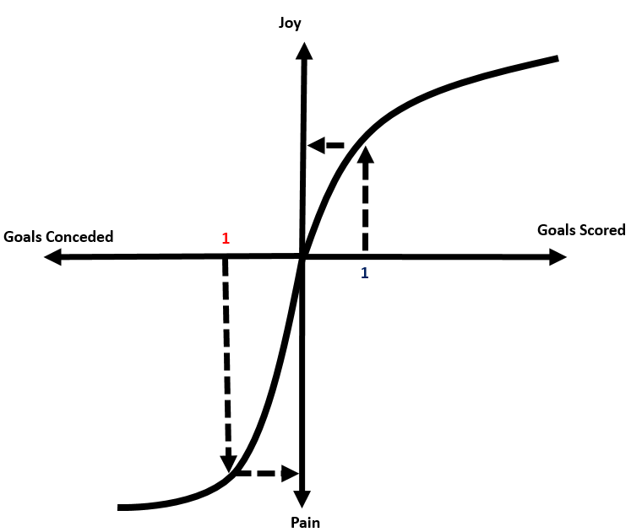

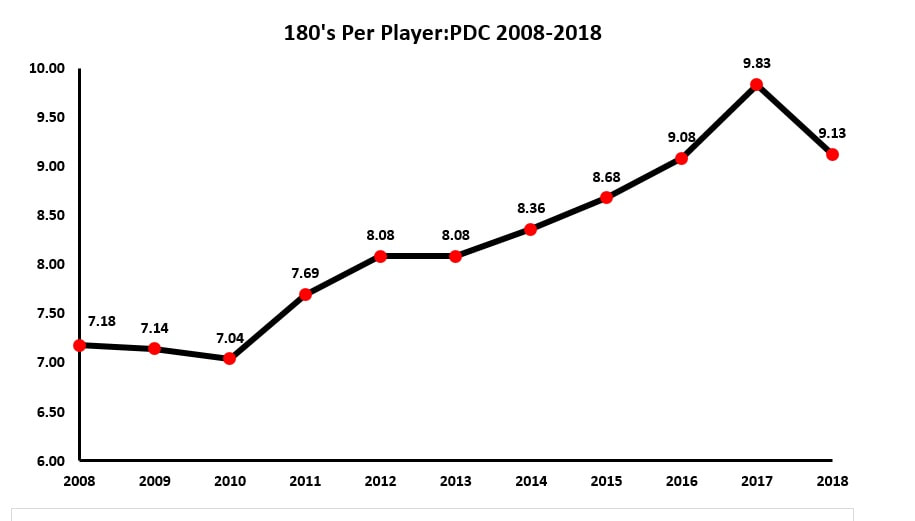
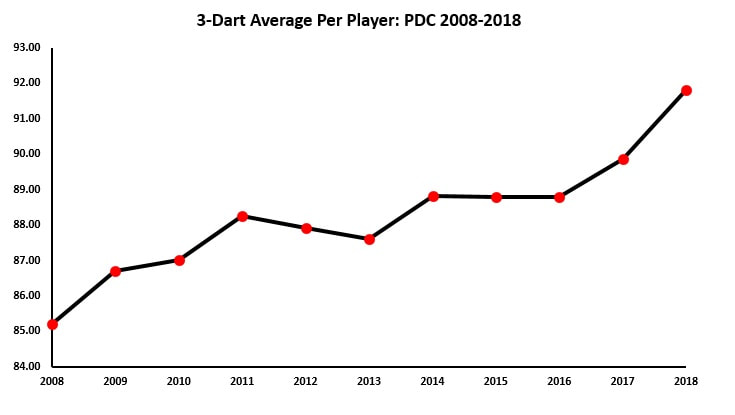
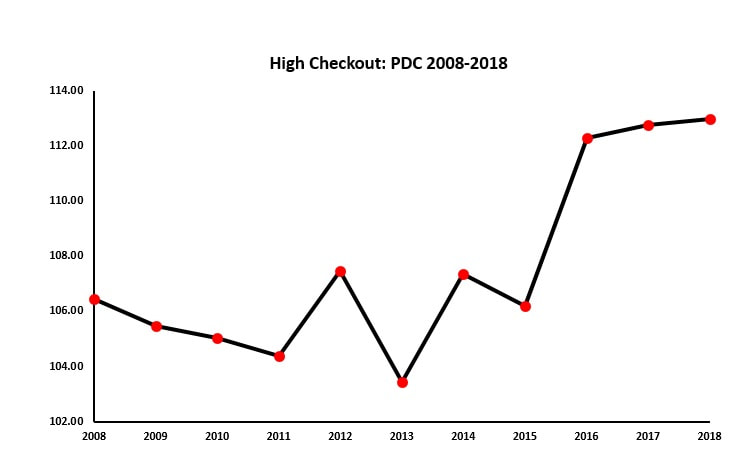
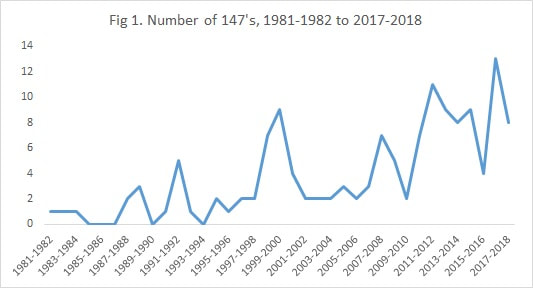
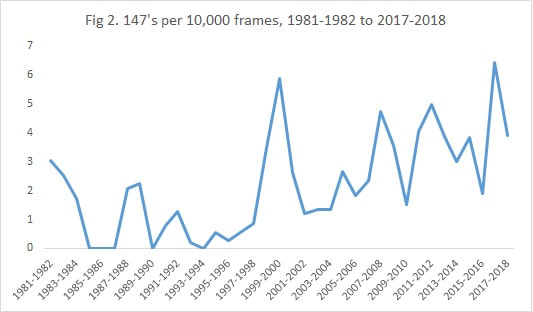
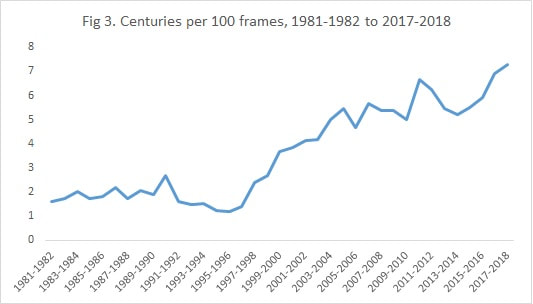
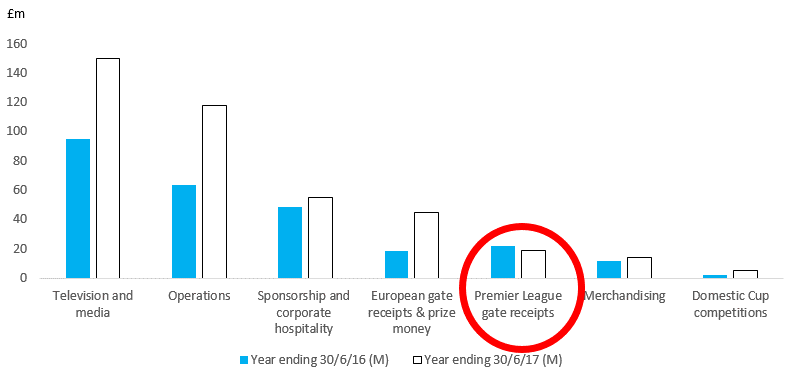
 RSS Feed
RSS Feed